The original article was printed in the 1998 Winter edition of Convergence by Moh’d Bilbeisi

I started using a graphic journal during my college years as an architecture student at Oklahoma State University. In the beginning, I noticed that I was able to remember the slides in my history class better if I sketched them in the margins of my notebook. This habit occasionally went to extremes, as it was brought to my attention by my professor that I might be spending more time sketching than studying. The journal also acted as a graphic sketchpad to test ideas and record thoughts relevant to the design problems that were given to us during studio. As an intern architect in the city of Philadelphia, the journal was invaluable when visiting job sites and meeting with clients. It was easy to carry and there were no papers to file after the meetings. The client’s comments were already graphically reported and analyzed and I could always go back and retrieve the information efficiently from what my colleagues called my “Small Black Book.” And sometimes just for pure enjoyment on a wonderful fall or spring day, I would sit in Rittenhouse Square, enjoying the weather and sketching events and people as they happened.
This habit of thinking graphically was also useful while traveling abroad. I was able to record architecture as I experienced it, subjected to light, conforming to the laws of linear and atmospheric perspective, situated within a group of structures, and interacting with inhabitants. For me, a fifteen-minute sketch capturing the essence of architecture replaced the five-second camera click. What I saw and recorded was imprinted on my memory.
I have kept a graphic journal ever since. I encourage my students to maintain them almost religiously. It is required in all my design studios, graphics studios and historv courses. Graphic Journals prove to be an important visual thinking apparatus.
TECHNIQUE

I make daily graphic entries as regular as having a cup of coffee in the morning. The subject matter is as diverse as life itself street scenes from Egypt to France, architectural studies, architectonic compositions, still life, product design, possible projects for the students, people doing various activities, faces, animals, color studies, graphic compositions, clippings from magazines, postage stamps, foreign currency, etc. The pages act as a graphic note pad and I use it accordingly. I record ideas, test then and come up ,vith a result. I sometimes use it as a sketchbook to capture a particular moment in time. I hardly use a camera anymore.
Page composition is very important to me. Every page is labeled. The sketch/graphic matter is situated off center for a more dynamic composition. The graphic/imagery is usually supported with text in the form of notation with leaders pointing to the area of interest. Sometimes a sketch is associated with a paragraph describing a thought relevant to the subject. Every page becomes a study in composition.
The graphic media is relatively simple. I use a no. 2 pencil for layout, but my main drawing tool is a Pelican MSOO fountain pen, filled with Pelican 4001 fountain pen ink in black. I supplement and enhance the drawings with touches of watercolor. I often use Winsor-Newton Artist watercolors. A few strokes from a black marker add the final touches to the compositions.
The ultimate objective of keeping a graphic journal is to use it as a pad to record, test, and communicate ideas efficiently. It is never used as an endeavor in itself. It is an inexpensive and highly useful tool.
Moh’d Bilbeisi, AIA is Assistant Professor of Architecture at Oklahoma State University, Stillwater, OK
Two pages from Mob ‘D Bilbeisi’s notebook.
The top show a building by Mario Botta, and the side shows
a concept for a new tower.

